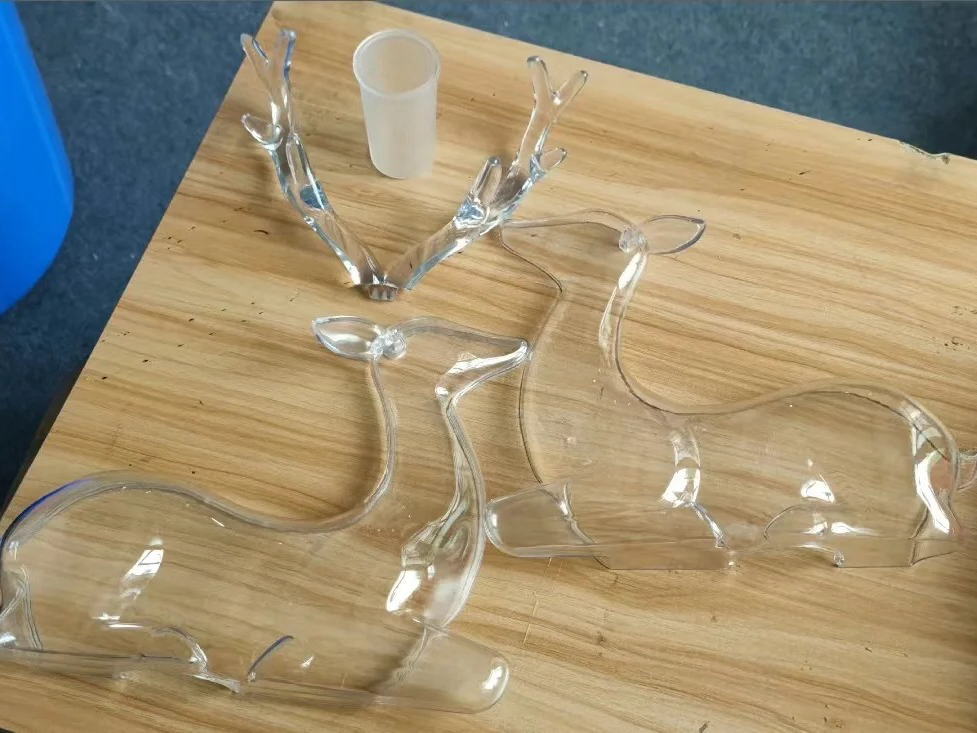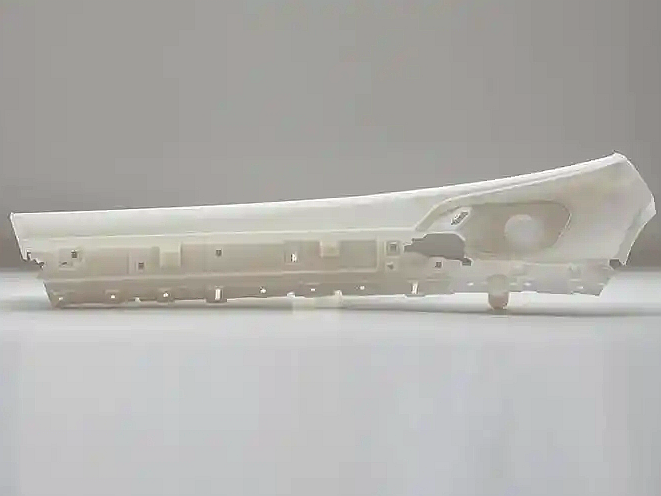Engineering Resins
Introduction to Engineering Resins for 3D Printing
Engineering resins are advanced photopolymers designed to simulate injection-molded plastics such as ABS, polypropylene, and polycarbonate. These resins deliver high strength, stiffness, and impact resistance—making them ideal for prototyping, low-volume production, and functional parts in mechanical assemblies, enclosures, and tooling.
Stereolithography (SLA) and Digital Light Processing (DLP) are the preferred technologies for engineering resins, enabling high accuracy (±0.05 mm), structural integrity, and end-use performance with smooth surface finish.
International Equivalent Grades of Engineering Resin
Grade Type | Resin Code | Equivalent Thermoplastic |
|---|---|---|
Tough Resin | R1600 Series | ABS-like |
Durable Resin | R1800 Series | Polyethylene/Polypropylene-like |
High Temp Resin | HTM140, HT200 | Polycarbonate/PEEK-like |
ISO Standard | ISO 527 | Engineering resin test standard |
ASTM Standard | D638, D790 | Strength and flexural testing |
Comprehensive Properties of Engineering Resins
Property Category | Property | Value Range |
|---|---|---|
Physical | Density | 1.10–1.18 g/cm³ |
UV Curing Wavelength | 405 nm | |
Mechanical | Tensile Strength | 45–75 MPa |
Flexural Modulus | 1,500–3,500 MPa | |
Elongation at Break | 10–50% | |
Impact Strength (Notched) | 40–120 J/m | |
Thermal | Heat Deflection Temperature | 50–238°C |
Suitable 3D Printing Processes for Engineering Resins
Process | Typical Density Achieved | Surface Roughness (Ra) | Dimensional Accuracy | Application Highlights |
|---|---|---|---|---|
≥99% | 3–6 µm | ±0.05 mm | Best for functional enclosures, fixtures, and end-use prototypes | |
≥99% | 4–8 µm | ±0.05 mm | Ideal for small, high-detail, mechanically functional parts |
Selection Criteria for Engineering Resin 3D Printing
Material Selection by Performance: Choose Tough Resin for ABS-like strength, Durable Resin for ductility, and High-Temp Resin for elevated temperature environments.
Functionality in Prototypes: Supports moving parts, mechanical fitment, and assembly testing with tolerances up to ±0.05 mm.
Post-Processing Flexibility: Supports machining, painting, drilling, and bonding for real-world use in mechanical or commercial-grade products.
Tooling Compatibility: Used to produce jigs, fixtures, and molds for soft tooling, thermoforming, or silicone casting applications.
Essential Post-Processing Methods for Engineering Resin Parts
UV Curing: Cure at 405 nm for 30–60 minutes to finalize mechanical properties such as strength, stiffness, and temperature resistance.
IPA Cleaning and Drying: Clean with isopropyl alcohol to remove residual resin and ensure dimensional precision before curing.
Machining and Drilling: Post-print operations allow high-precision holes, threads, and toleranced fits for functional part integration.
Painting or Coating: Engineering resins accept primer and coatings for weatherproofing, color-matching, and part labeling.
Challenges and Solutions in Engineering Resin 3D Printing
Material Brittleness in Thin Areas: Ensure minimum wall thickness ≥1.5 mm for structural integrity or use Tough or Durable grades with high elongation.
Post-Cure Shrinkage: Dimensional tuning may be required; print slightly oversized to compensate for shrinkage in high-load geometries.
Layer Bonding for Functional Stress: Optimize print orientation and support to improve strength along stress lines in load-bearing designs.
Applications and Industry Case Studies
Engineering resins are widely used in:
Product Development: End-use test parts, mechanical assemblies, and industrial housing prototypes.
Manufacturing: Custom jigs, fixtures, test rigs, and small-batch production tooling.
Automotive & Aerospace: Brackets, connector housings, aerodynamic test parts, and temperature-exposed casings.
Medical & Electronics: Mounting hardware, fluid fittings, and structurally functional prototypes.
Case Study: An automotive supplier used SLA engineering resin to print a 30-piece bracket set for engine bay validation. After curing and minimal machining, the parts were mounted and passed thermal cycling at 120°C without cracking or distortion.
Frequently Asked Questions (FAQs)
How do engineering resins compare to thermoplastics like ABS or polycarbonate?
Are engineering resins suitable for end-use parts in automotive or aerospace applications?
What mechanical performance levels can be achieved with SLA/DLP engineering resins?
Can engineering resin parts be machined or assembled like injection molded parts?
What factors should I consider when selecting between Tough, Durable, or High-Temp engineering resin?



